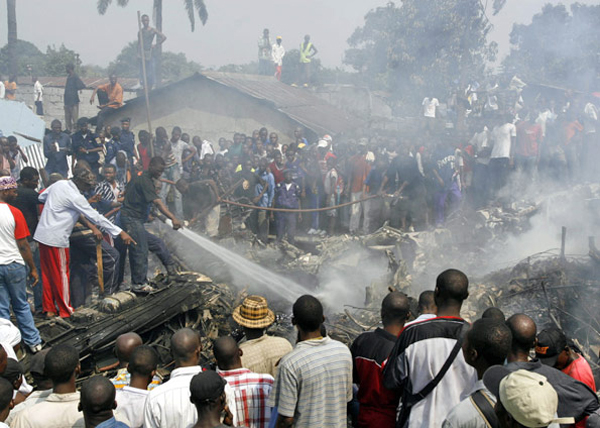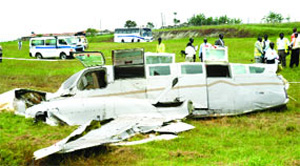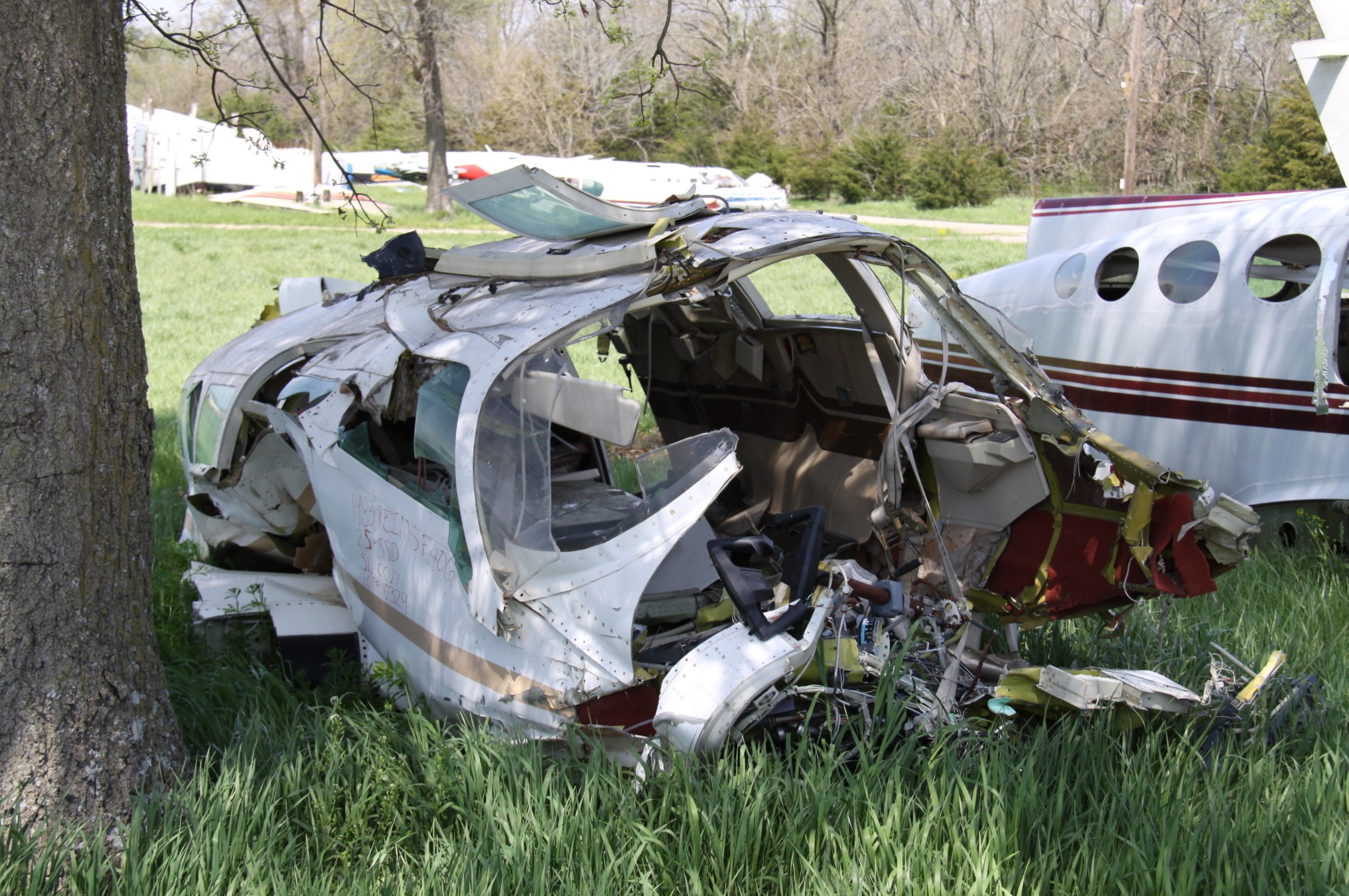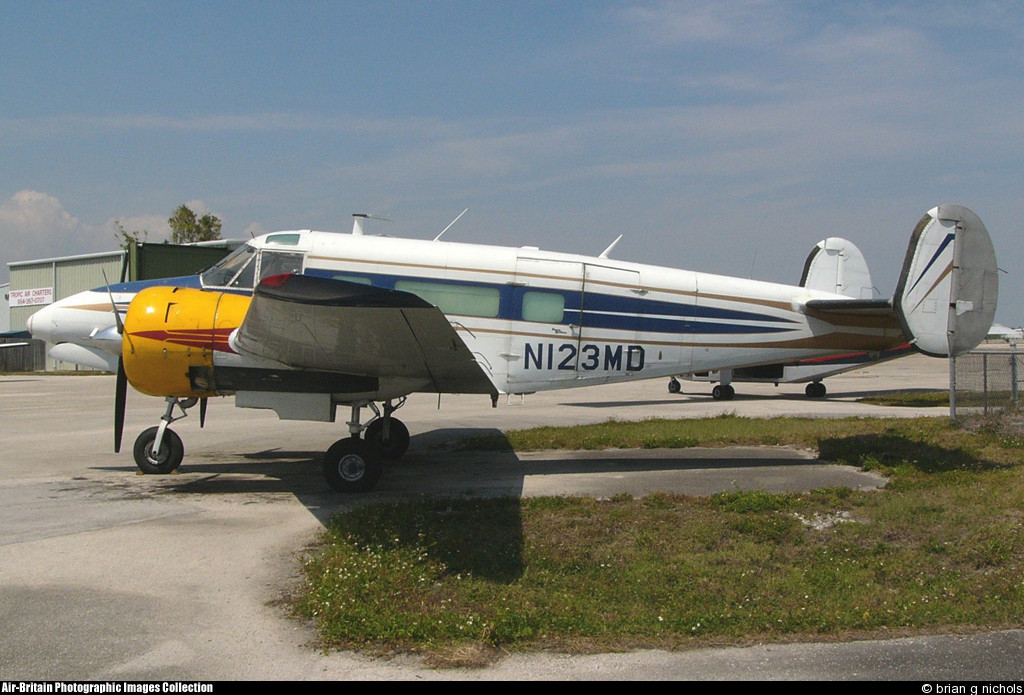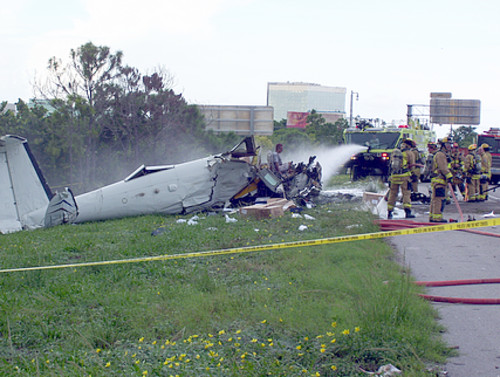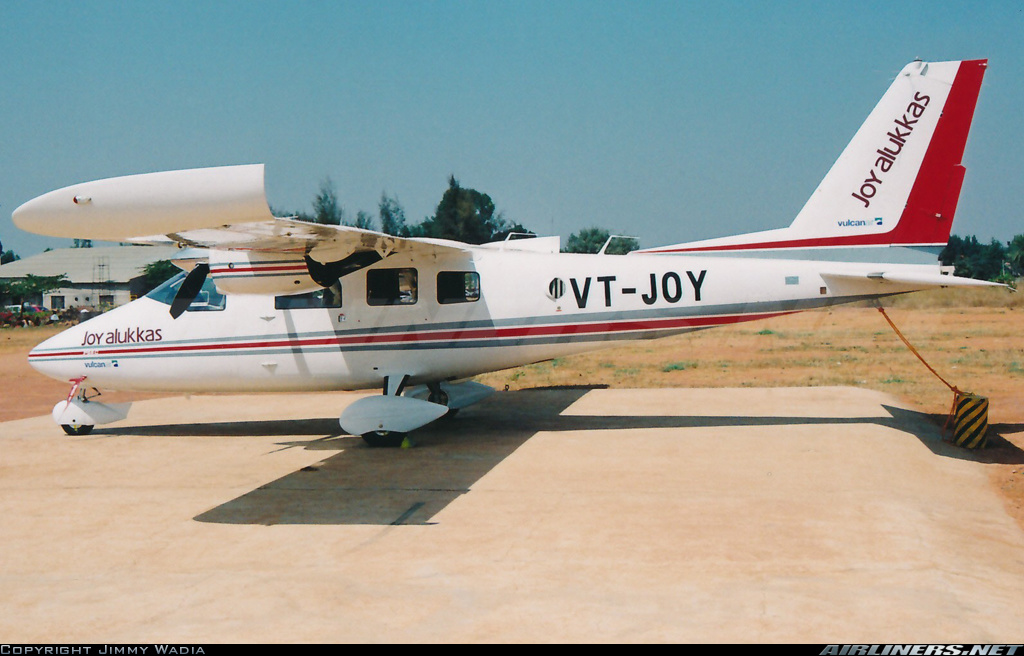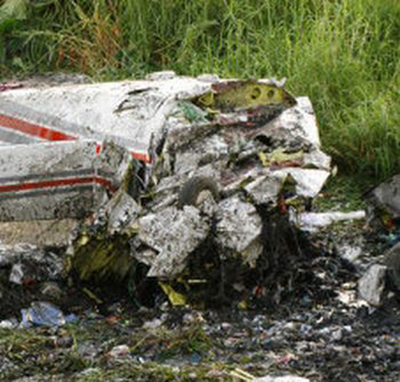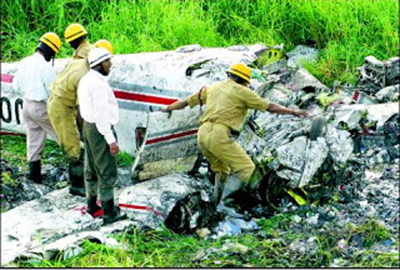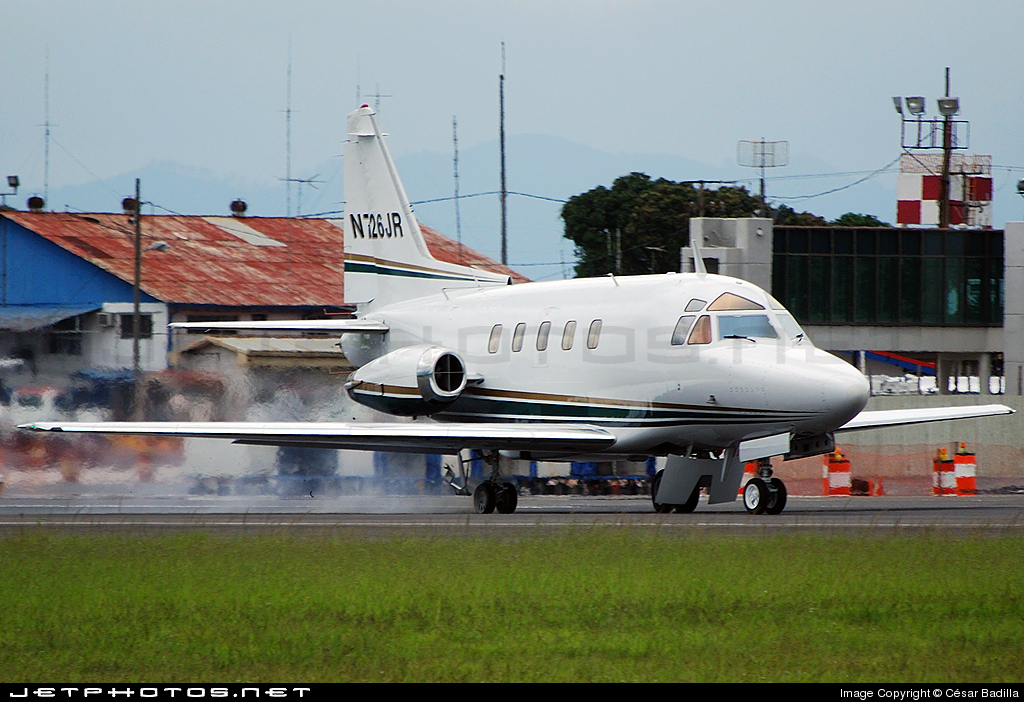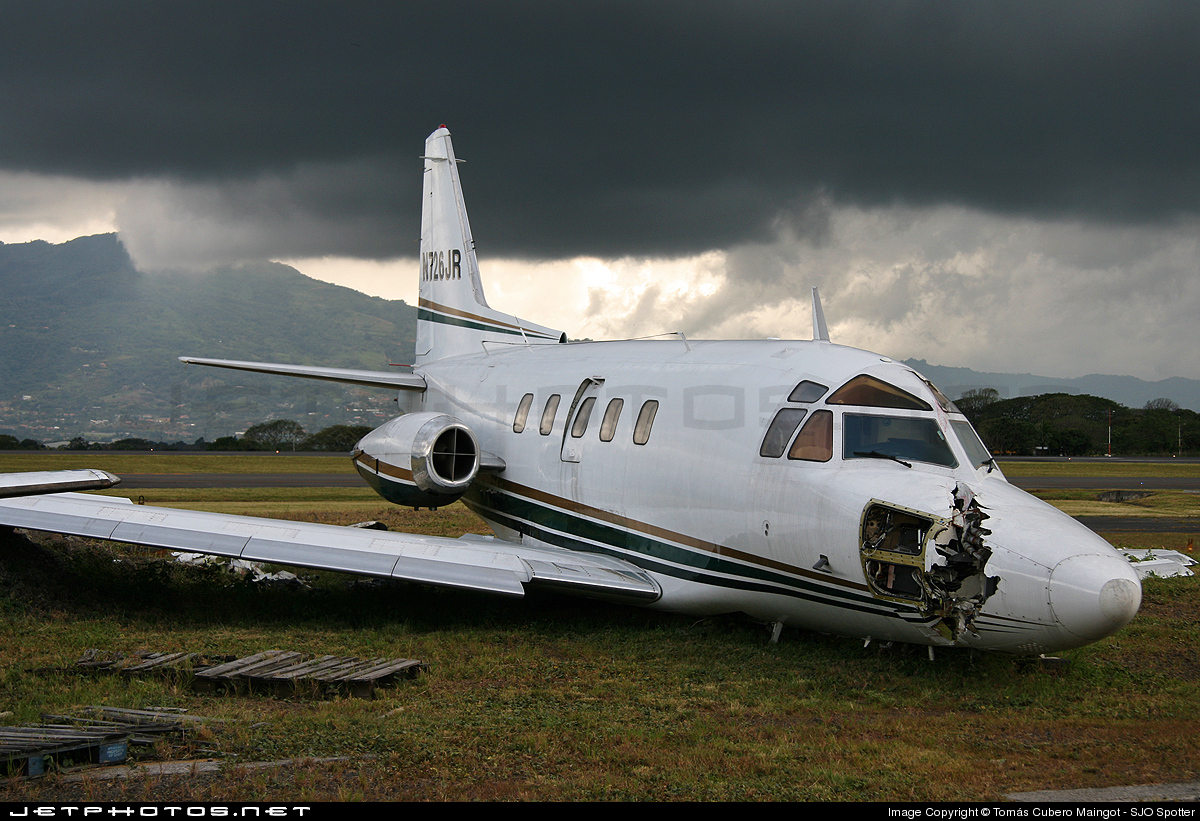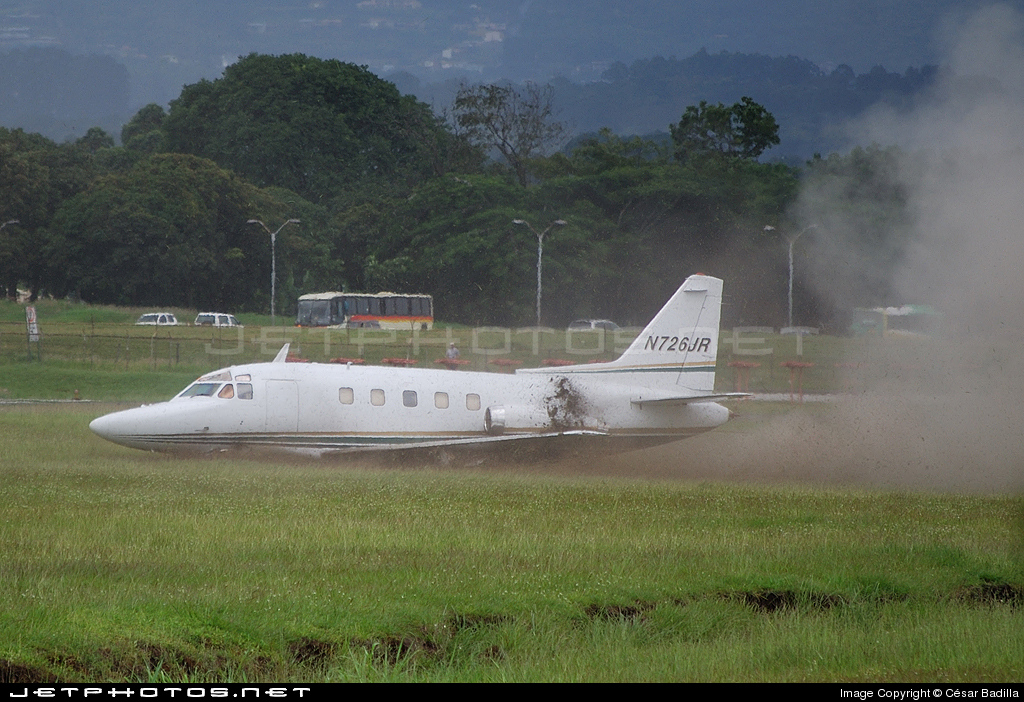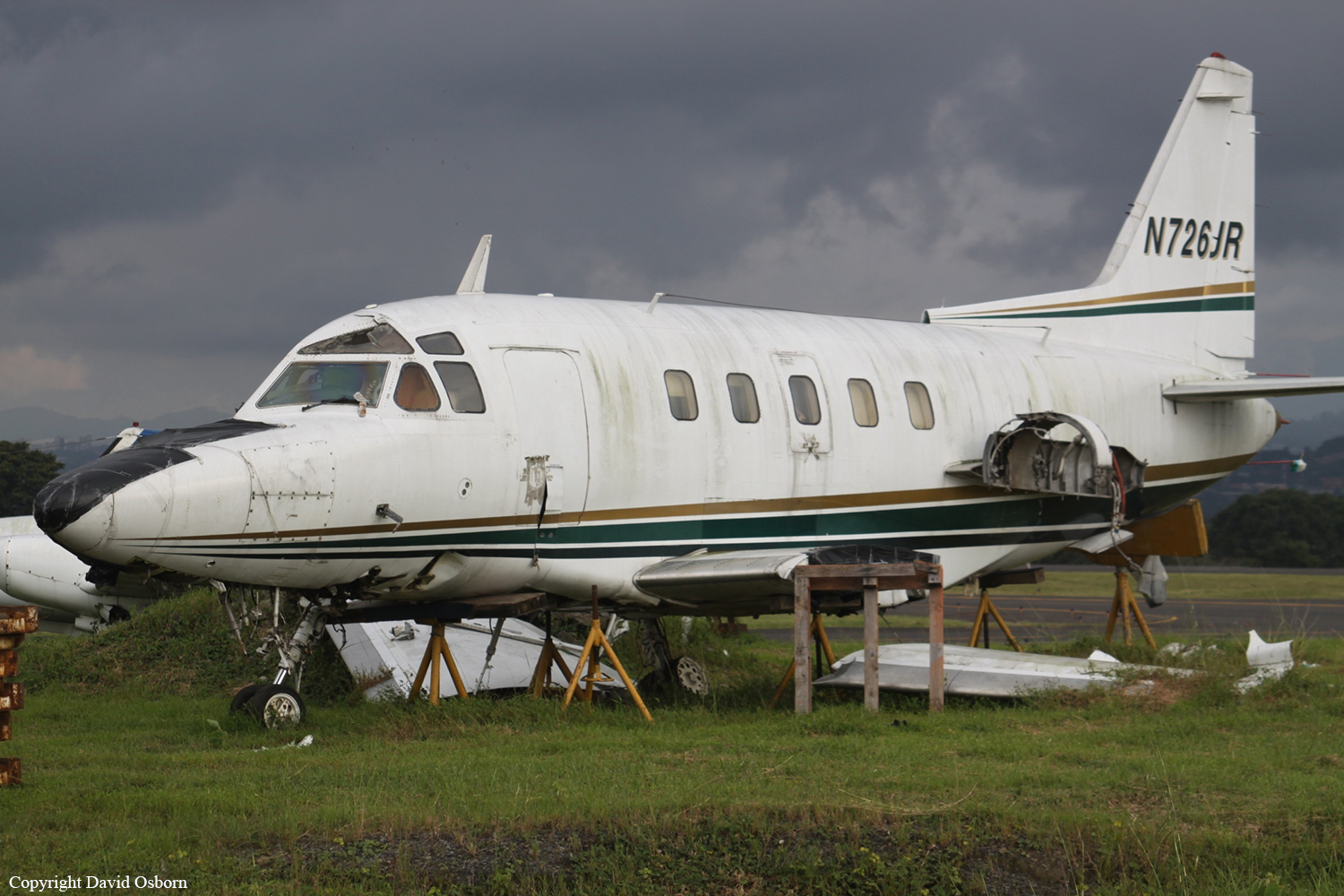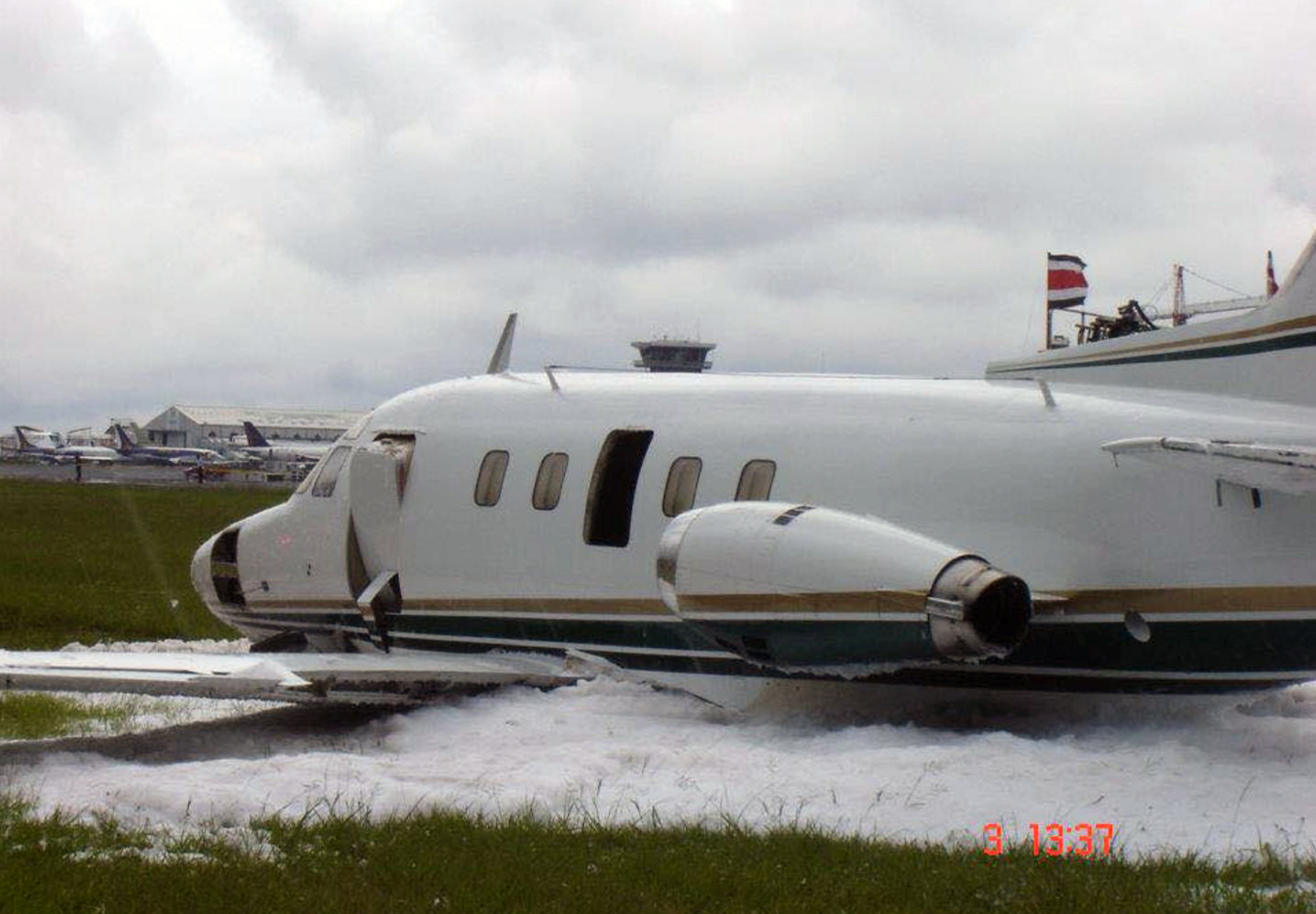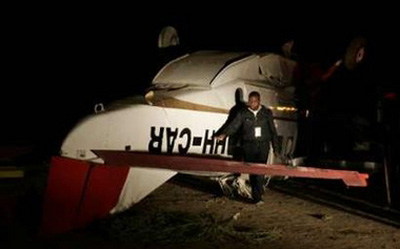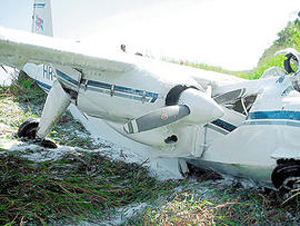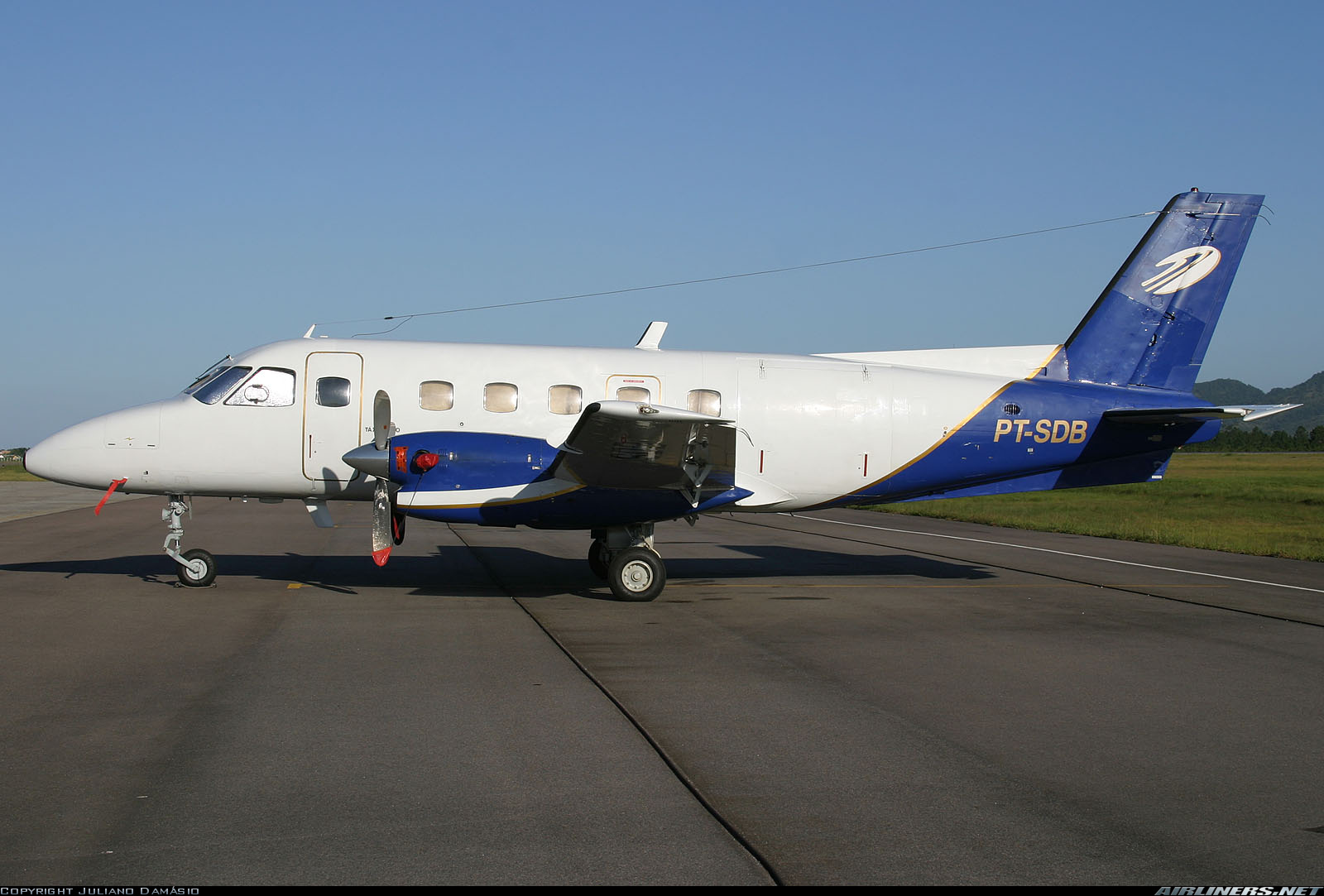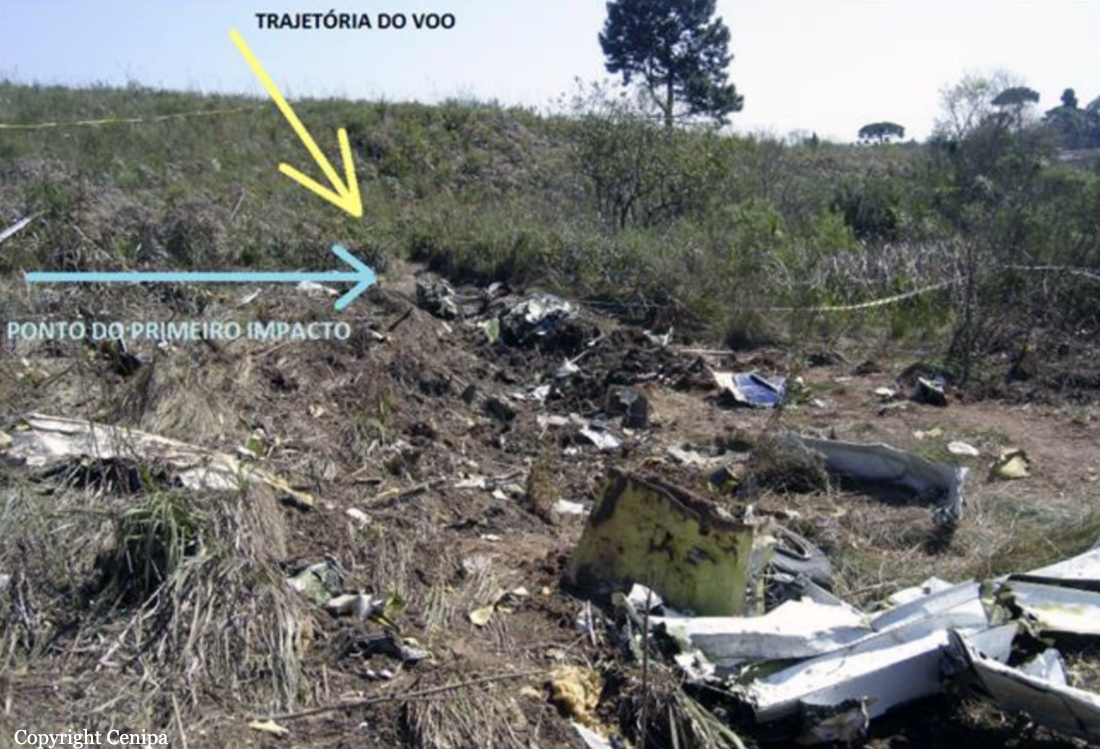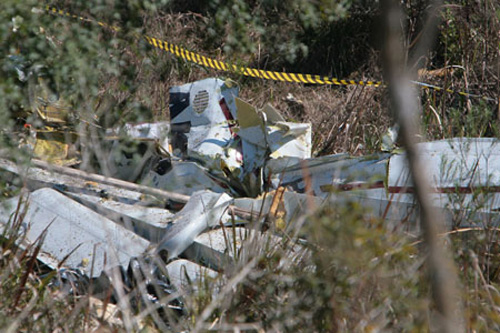Crash of an Antonov AN-26B in Kinshasa: 49 killed
Date & Time:
Oct 4, 2007 at 1040 LT
Registration:
9Q-COS
Survivors:
Yes
Schedule:
Kinshasa – Tshikapa – Kananga
MSN:
8807
YOM:
1979
Crew on board:
5
Crew fatalities:
Pax on board:
17
Pax fatalities:
Other fatalities:
Total fatalities:
49
Circumstances:
After takeoff from Kinshasa-N'Djili Airport, while climbing, the right engine failed. The aircraft stalled, hit tree tops and crashed onto several houses located in Kingasani neighbourhood. A crew member survived while 21 other occupants and at least 28 people on ground were killed. The Ministry of Transport was sacked after the accident due to inability to reform all aviation problem existing in DRC. The present accident is the worst occurring in DRC since 8 January 1996 when an Antonov AN-32 crashed also in Kinshasa, killing 237 people.
Probable cause:
Failure of the right engine during initial climb for unknown reasons.
